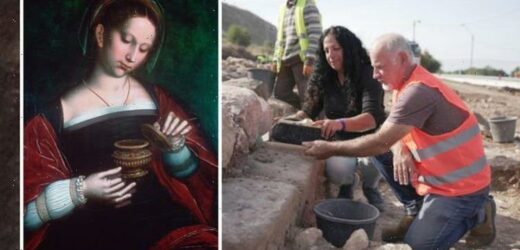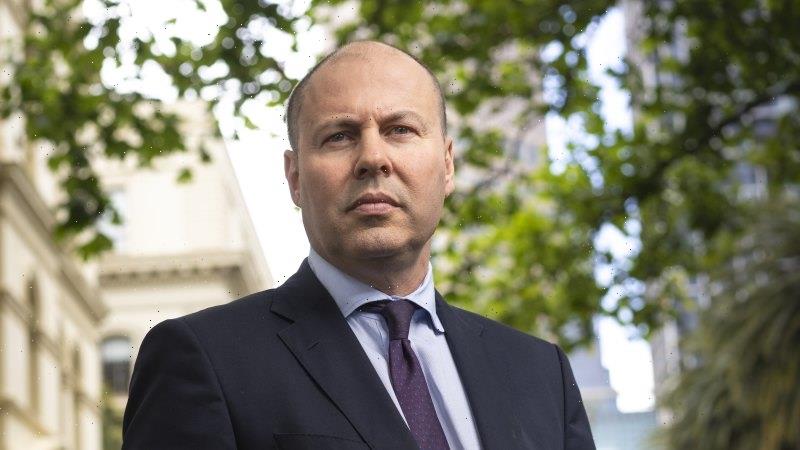Secret Lives Of Jesus: Expert discusses Mary Magdalene
We use your sign-up to provide content in ways you’ve consented to and to improve our understanding of you. This may include adverts from us and 3rd parties based on our understanding. You can unsubscribe at any time. More info
The ancient ruins were discovered on the shores of the Sea of Galilee, in a Biblical-era village known as Magdala (Migdal) in the north of Israel. According to the Israel Antiquities Authority (IAA), Magdala served as a rebel base for the Roman-Jewish historian and military leader Flavius Josephus, during the First Jewish-Roman War of 66 CE. Passages in the New Testament also hint at Magdala being the birthplace of Mary Magdalene, who according to the gospels, was a witness to Jesus Christ’s death and resurrection.
A passage in Mark 15, which describes Jesus’s terrifying ordeal on the cross, reads: “Some women were watching from a distance. Among them were Mary Magdalene, Mary the mother of James the younger and of Joseph, and Salome.”
Although not stated outright, the name Magdalene is believed to mean “Mary from Magdala”.
The latest find at Magdala, made by a team of excavators from Haifa University, is only the second-ever synagogue found at the village.
The discovery was dated to the Second Temple period (516 BCE to 70 AD), which describe the period when Jerusalem’s Second Temple still towered over the city.


The holy site was destroyed by the Romans in 70 AD in response to the Jewish revolt and the Temple Mount upon which it stood is now home to the Al-Aqsa Compound.
The Magdala excavation was carried out by Professor Adi Erlich, head of the Zinman Institute of Archaeology at the University of Haifa, and Dina Avshalom-Gorni, formerly of the IAA.
According to the archaeologists, the discovery of a second synagogue sheds new light on the spiritual life of the Israelites around the Sea of Galilee.
In particular, they believe it indicates a “need for a special building for studying and reading the Torah” as well as for social gatherings.
The first Magdala synagogue was unearthed in 2009 during an excavation led by the IAA.


The excavation unearthed Jewish ritual baths known as mikvas, streets, a marketplace and industrial facilities.
The IAA wrote in a Facebook post: “A unique artefact stood in the middle of the synagogue’s main hall: a large stone portraying the Second Temple of Jerusalem, with a carved, seven-branched menorah on one side.
“Its discovery is significant because it was carved on the stone when the Temple was still standing.”
The second synagogue was discovered less than 660ft (200m) away.


The lead excavators said: “The fact that we found two synagogues indicates that the Jews of the Second Temple period were sought a place for religious and perhaps social gatherings.
“The fact that we found a carved stone depicting the Temple Menorah in the other synagogue highlights the connection between Jerusalem and subordinate communities.”
The Magdala excavations are being carried out ahead of planned roadworks.
According to Israeli law, all construction projects have to be supervised by archaeologists to prevent the accidental destruction of archaeological treasures.
The IAA said: “The excavation is being conducted by YG Contract Archaeology Ltd., headed by Dr Yehuda Guvrin, underwritten by Netivei Israel.”
Recently, the IAA has reported about a trove of Ancient Egyptian treasures that were intercepted in Israel following two police raids.
The ancient artefacts will be sent back to Egypt as a “gesture of goodwill”.
IAA director Eli Eskozido said: “It is essential to work to eradicate the theft of antiquities and the illegal trade in antiquities worldwide.”
Source: Read Full Article


